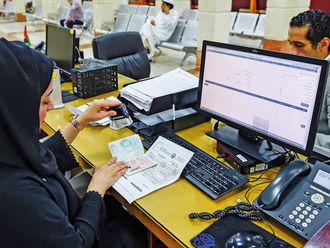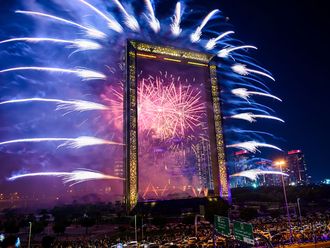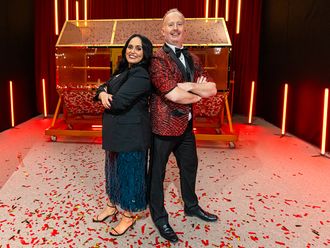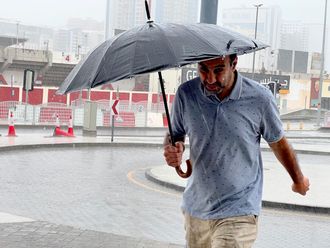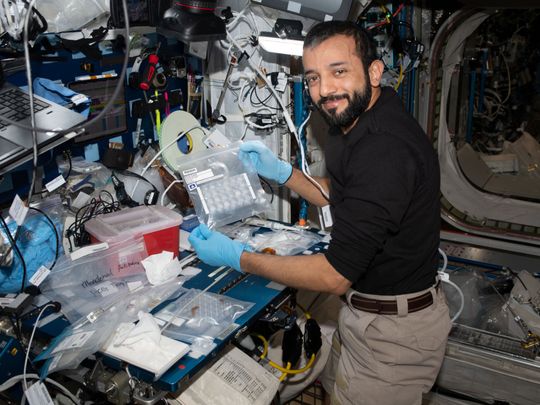
Dubai: Over the course of a six-month space mission on board the International Space Station (ISS), UAE astronaut Sultan Al Neyadi conducted over 200 advanced research experiments and studies that took about 585 hours, in collaboration with 10 international space agencies and 25 leading UAE and global universities.
The experiments covered a range of topics including the cardiovascular system, back pain, protein crystallisation growth, epigenetics, immune system, fluid dynamics, plant biology, human life sciences, material science, sleep analysis and radiation, advanced exploration technologies.
These experiments have been instrumental in helping the scientific community, researchers, and students in the UAE and around the world become an integral part of the mission, supporting it in various capacities.
Collaborative effort
UAE astronaut Al Neyadi engaged in an innovative Protein Crystal Growth Experiment (PCG) on board the Kibo module on the ISS. The experiment was launched on the Space X-28 cargo mission and was installed by Al Neyadi.
The experiment theme was proposed by a research team from the Mohammed Bin Rashid University of Medicine and Health Sciences (MBRU) in the UAE in collaboration with the Harvard Medical School in the USA and in compliance with a collaborative agreement between the UAE Space Agency, MBRSC and Japan Aerospace Exploration Agency (JAXA).
Research in microgravity
Al Neyadi, along with his Expedition 69 crew members, have made significant strides in microgravity research, featuring a range of pioneering scientific investigations, including on cardiovascular system, plant biology, material science, fluid science and sleep analysis, among others.
Sleep cycle
Al Neyadi completed an experiment on the ISS that seeks to reveal more about sleep quality on extended missions. The Emirati astronaut had successfully conducted the experiment, which saw him wear a specially-designed headband to capture key data. The Dreams experiment employs the “dry-EEG (electroencephalography)” system to monitor sleep patterns of astronauts in the microgravity environment on the space station.
The unique conditions aboard the space station, where astronauts witness 16 sunrises and sunsets each day, can disrupt the natural day to night cycle, significantly affecting sleep patterns. “This research helps us learn more about sleep disorders in humans and the health problems they experience on earth,” he said.
Heart health
As part of set of experiments on the ISS, Al Neyadi took part in the ‘Cardinal Heart 2.0’ study by Stanford University. Through this experiment, he said: “We are exploring the effects of clinical drugs on heart cells in microgravity using heart tissues.” Discoveries from such studies could help prevent cardiovascular risk for space explorers and patients with heart disease on Earth.
Al Neyadi also contributed to the Cardiobreath experiment on the ISS. The experiment is a critical analysis of the impact of microgravity on cardiovascular and respiratory functions and was conducted in collaboration with the Canadian Space Agency (CSA), Simon Fraser University and The University of North Dakota.
Al Neyadi’s mission will further comprise education outreach and engagement efforts to inspire the next generation of scientists and explorers. As part of the UAE Astronaut Programme Grants Research Programme, MBRSC has selected two research projects from the Mohammed Bin Rashid University of Medicine and Health Sciences (MBRU).
Immunity versus viruses
Al Neyadi also participated in the host-pathogen experiment to analyse the reaction between astronauts’ immunity and the microbial pathogens on the ISS. This experiment was conducted in collaboration with NASA’s Johnson Space Centre. The results of the study would be analysed through Al Neyadi’s DNA samples collected aboard the ISS and on Earth.
The host-pathogen study examines the interaction between astronauts and microbial pathogens that may be present within the environment of the space station through biological sample collection. This will offer an overall understanding of the effects of stress hormones and latent virus reactivation in the astronaut’s immunity system.
Notable tasks and studies by Al Neyadi
• Sending around 1,950kg of valuable scientific experiments and other cargo back to Earth on a Dragon cargo spacecraft, as part of the 27th contracted cargo resupply mission to the International Space Station (ISS). The spacecraft splashed down off the coast of Tampa, Florida in the US earlier this month.
• Setting up the hardware for the CapiSorb Visible Systems fluid physics study. This experiment investigates the potential of using a liquid-based carbon dioxide removal system to promote more efficient space-based solutions and advanced Earth-bound applications.
• Treating samples In the Kibo laboratory module for the Engineered Heart Tissues-2 experiment using Kibo’s Life Sciences Glovebox. This research may help doctors treat, as well as prevent, space-caused heart conditions and Earth-bound cardiac disorders.
• Demonstrated the use of a 3D printer to manufacture tools, components, and experiments on the orbital outpost. Another entailed collecting and stowing samples in a science freezer for a study exploring the biomanufacturing of pharmaceuticals in space.
• Conducting space experiment to find a cure Alzheimer’s disease. Al Neyadi installed a syringe filled with a protein solution inside the Microgravity Science Glovebox (MSG) for the Ring Sheared Drop (RSD) experiment that may provide potential treatments for neuro-degenerative diseases. He worked on the Destiny laboratory module’s carbon dioxide removal assembly.
First spacewalk by an Arab
Al Neyadi became the first ever Emirati, first Arab and first Muslim astronaut to perform a spacewalk when he ventured out of the International Space Station (ISS) in April during Expedition 69.
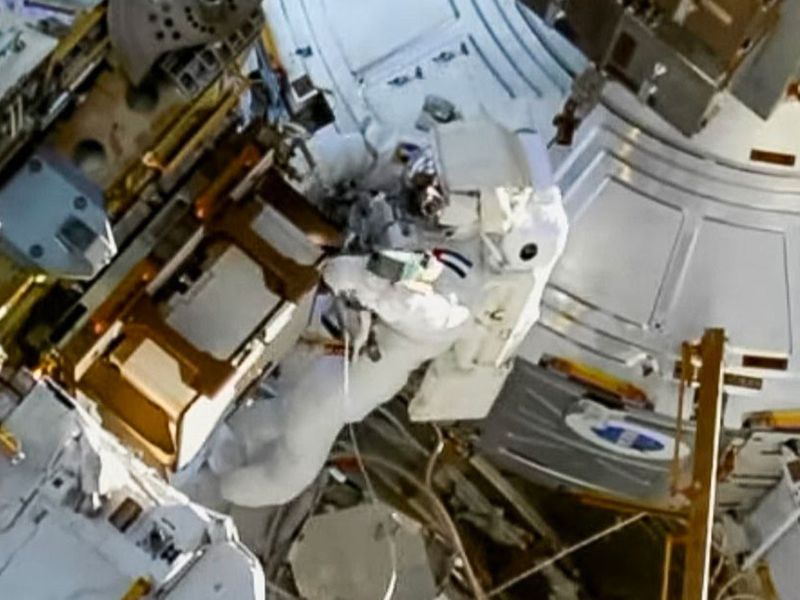
The historic spacewalk lasted 7.01 hours in the vacuum of space on the starboard side of the ISS’ truss structure, accomplishing two key objectives. One of the objectives of the Extravehicular Activity (EVA), undertaken by Al Neyadi along with NASA Flight Engineer Stephen Bowen, was to work on a series of preparatory tasks which involved routing power cables, which was successfully concluded.
These cable works were completed as a precursor to the installation of the ISS’ fourth roll-out solar array, known as the International Space Station Roll-Out Solar Array (iROSA) for delivery on the SpaceX Dragon cargo mission. The next objective was to retrieve a crucial Radio Frequency Group (RFG) unit or communications antenna.
-with inputs from WAM


